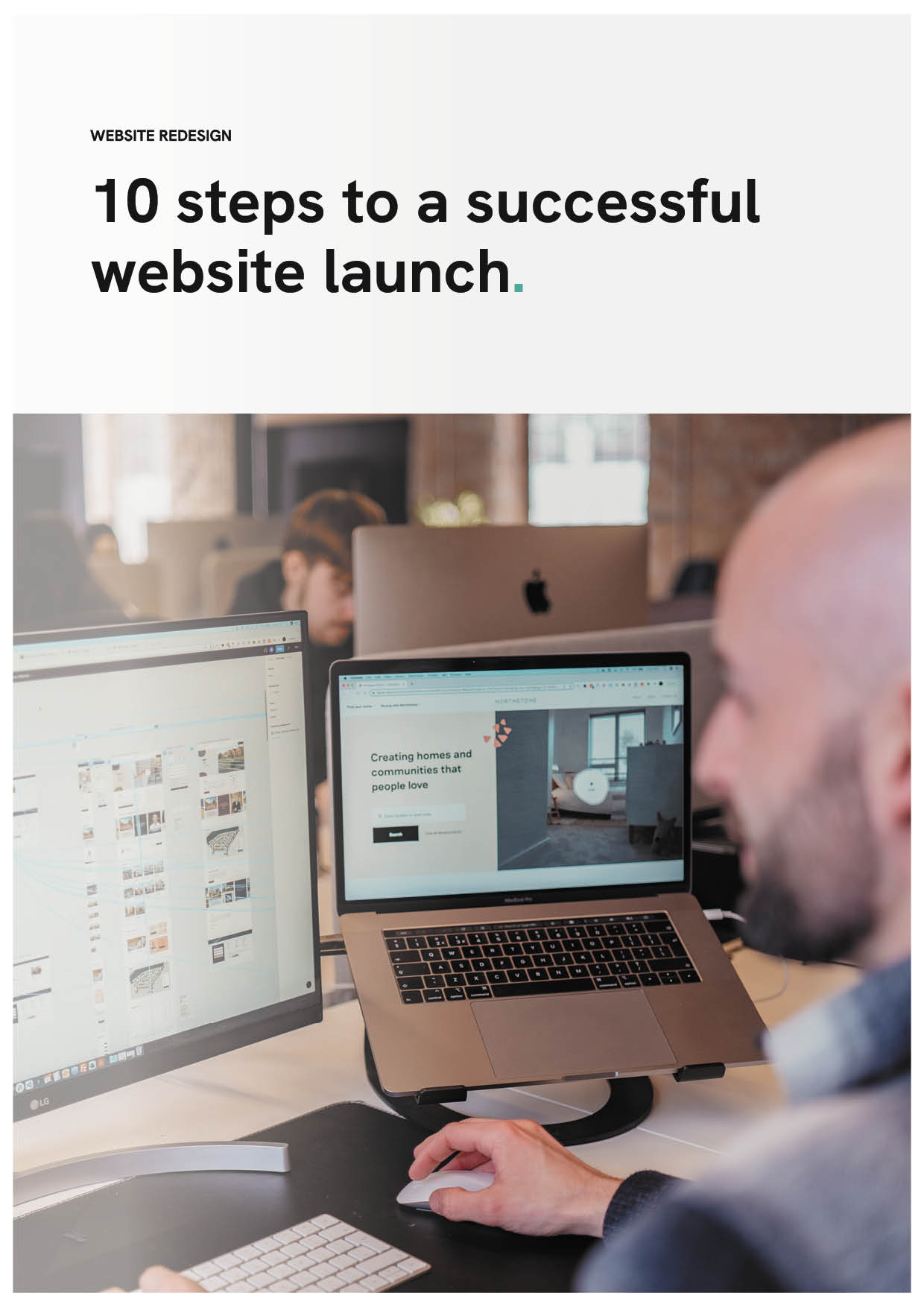Get your brand noticed and only pay when the audience is ready to purchase.
No time to read this article, why not listen to the audio conversation.
In the ever-evolving landscape of manufacturing, scalable growth doesn’t come from a single breakthrough campaign or a one-off creative spark.
It is instead built on a foundation of continuous refinement through an ongoing process of testing, learning, and optimising every aspect of your paid media strategy.
For manufacturers looking to dominate their specific market, PPC for manufacturing isn’t just about visibility. It’s about building campaigns that adapt and scale with your ambitions and business objectives.
Why continuous refinement matters in manufacturing PPC
Manufacturing is a sector defined by complexity.
Long sales cycles, technical products, and niche audiences mean that generic marketing tactics rarely deliver.
Instead, success hinges on precision, reaching the right decision-makers at the right time with the right message. Paid Media, through Google Ads, Meta Ads or LinkedIn Ads, offers this precision, but only if campaigns are continuously refined to reflect real-world data and shifting market dynamics.
This will include regular conversations with business owners and their marketing directors to feed back real-time data into the campaigns.
There are unique challenges of Paid Media for manufacturers
The role of paid media in manufacturing is different to that of regular businesses; the challenges are unique due to:
- Long Sales Cycles: Manufacturing purchases are rarely impulsive, as these deals are usually multi-million-pound, multi-year deals. Therefore, the buyers invest in more research, compare, and deliberate, often involving multiple stakeholders.
- Technical Audiences: Messaging must resonate with engineers, procurement officers, and C-suite executives, each with their priorities.
- Niche Keywords: The vocabulary of manufacturing is specialised. Effective PPC campaigns must reflect relevant industry jargon and intent-driven search terms.
These challenges demand a tailored, iterative approach.

The action plan for scalable PPC growth
To drive sustainable and scalable PPC growth, here’s a strategic action plan broken down into key focus areas:
Have a deep audience understanding
Every scalable PPC strategy starts with an understanding of your audience. This goes beyond basic demographics; it’s about mapping the entire buying journey, identifying pain points, and crafting personas for every stakeholder involved.
Before Paid Media campaigns are created, in-depth research needs to uncover:
- What problems are your buyers trying to solve
- Which platforms do they use to research solutions – Google, Meta or LinkedIn
- The specific language and terminology they use in search
In-depth keyword research and segmentation
Manufacturing PPC success is built on a foundation of in-depth keyword research.
This means identifying not just high-volume competitive terms, but also long-tail keywords that will signal high intent. Think specific part numbers, technical specifications, or industry certifications, people in the industry will know this information.
Any continuous refinement will come from:
- Regularly reviewing search term reports
- Adding negative keywords to filter out irrelevant traffic
- Segmenting campaigns by product line, industry, or buyer persona for more targeted messaging
There is a need for creative iteration and testing
Scaling doesn’t have to mean reinventing the wheel with every campaign. Instead, it’s about doubling down on what works and iterating on proven winners. This could involve:
- Repurposing successful ad formats with new, fresh visuals or messaging
- Combining high-performing elements (like a strong headline from one ad with a compelling call-to-action from another)
- Testing new creative concepts while maintaining a core set of evergreen campaigns
The goal is to avoid creative fatigue and ensure your ads remain fresh and relevant, even as budgets increase.
Creative fatigue in Paid Media campaigns can lead to a significant drop in performance, as audiences become desensitised to repetitive visuals and messaging.
This often results in lower click-through rates, higher cost-per-click, and reduced return on ad spend, ultimately stalling campaign growth.
The need for advanced targeting and bid strategies
Paid Media in the manufacturing industry heavily relies on precision. Advanced targeting, such as geo-targeting specific regions or using remarketing to re-engage warm leads, ensures that your budget is spent efficiently.
Bid strategies should be continuously adjusted based on performance data, seasonality, and market shifts. This can assist with effective budget allocation.
Alternating pages can lead to greater conversions
The journey doesn’t end with a click. For scalable growth, landing pages must be meticulously optimised for conversion.
This means:
- Ensuring the message matches between ads and landing pages
- Streamlining forms to reduce friction
- Using clear, compelling calls-to-action tailored to the buyer’s stage in the journey
- Continuously A/B testing layouts, copy, and offers to drive incremental gains
What part of the funnel needs to be prioritised
Scaling paid media isn’t just about top-of-funnel activity. The mid-funnel—where prospects evaluate, compare, and seek validation—is often overlooked but critical for manufacturing.
Case studies, technical datasheets, webinars, and testimonials should be integrated into your PPC strategy to nurture leads and move them closer to conversion.
Data is key when making scalable decisions
Continuous refinement is only possible with accurate analytics.
Every campaign, ad group, and landing page should be tracked and measured against clearly defined KPI’s.
Key metrics include:
- Click-through rates (CTR)
- Cost per acquisition (CPA)
- Conversion rates by channel and audience segment
- Lifetime value (LTV) of acquired customers
Regular reporting and analysis will allow for agile adjustments such as pausing underperforming ads, reallocating budget to high-ROI campaigns, and uncovering new growth opportunities.
You can scale without sacrificing efficiency
There is a common misconception that scaling Paid Media can simply be a matter of increasing spend within the different campaigns. But in reality, not keeping an eye on scaling will often lead to diminishing returns, as the campaigns will reach less relevant audiences and CPA’s rise.
In order to stop this from happening, you will need to scale methodically, with continuous refinement at every stage:
- Start by maximising efficiency in your highest-performing segments
- Gradually expand to new audiences, monitoring performance closely
- Use insights from each iteration to inform broader strategy
This approach ensures that growth is sustainable, cost-effective, and aligned with your business objectives.
Look to use continuous refinement as a growth engine
In manufacturing, specifically through Paid Media campaigns, there are no shortcuts to scalable growth.
Manufacturing brands that convert more leads and drive growth are those that embrace continuous refinement, testing, data learning, and optimising every element of their paid media strategy.
Whether you’re managing campaigns in-house or partnering with a manufacturing PPC agency, the key principles remain the same:
- Know your audience
- Build your campaigns on a foundation of in-depth research and data
- Optimise at every stage of the funnel
- Let data guide your performance and the next strategic steps
At Red-Fern, we believe that true growth is never static. It’s a journey of constant improvement, where every insight fuels the next leap forward.
If you’re ready to unlock scalable growth in your manufacturing business, make continuous refinement the heart of your paid media strategy—and watch your results compound, campaign after campaign. Let’s talk.


